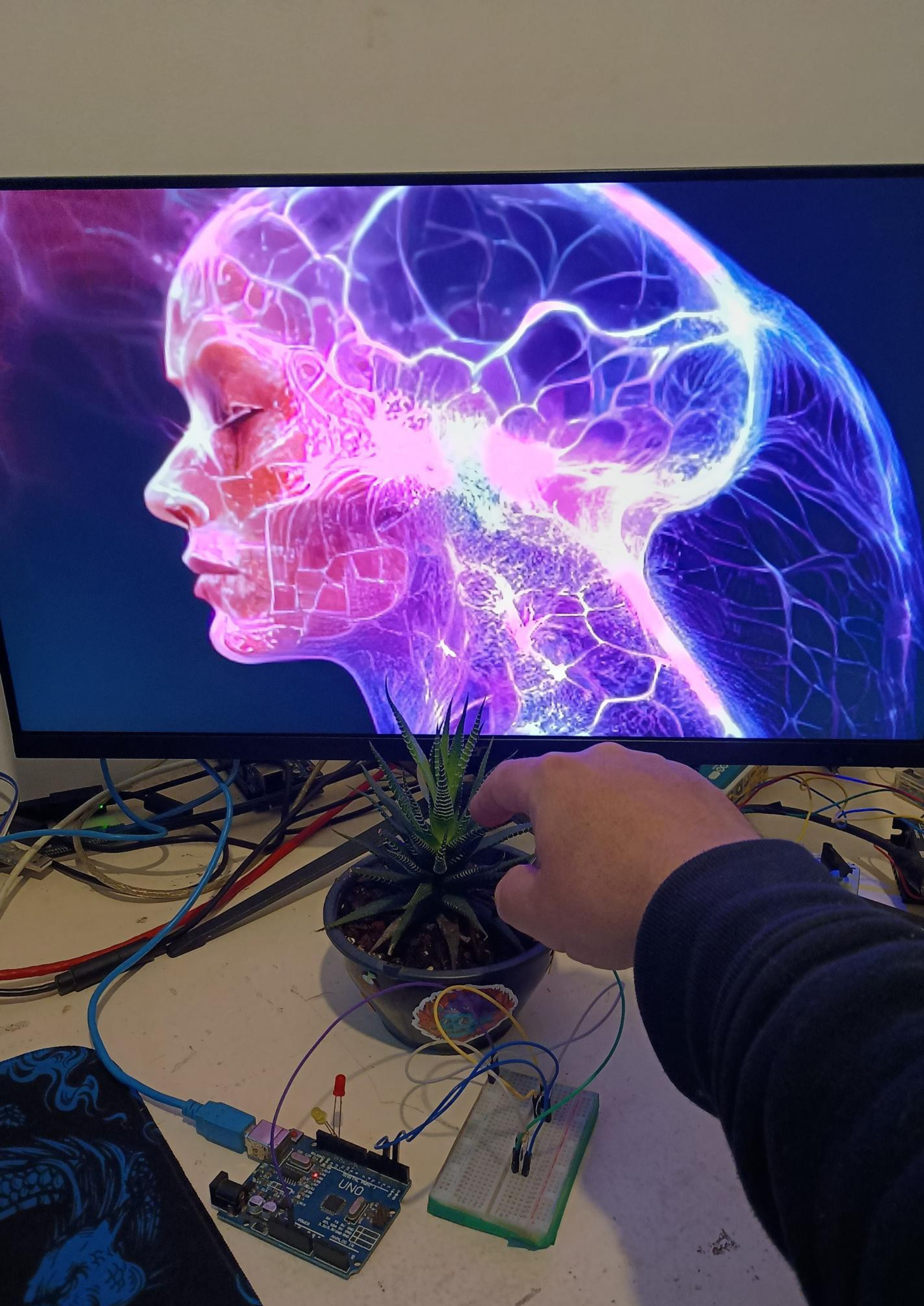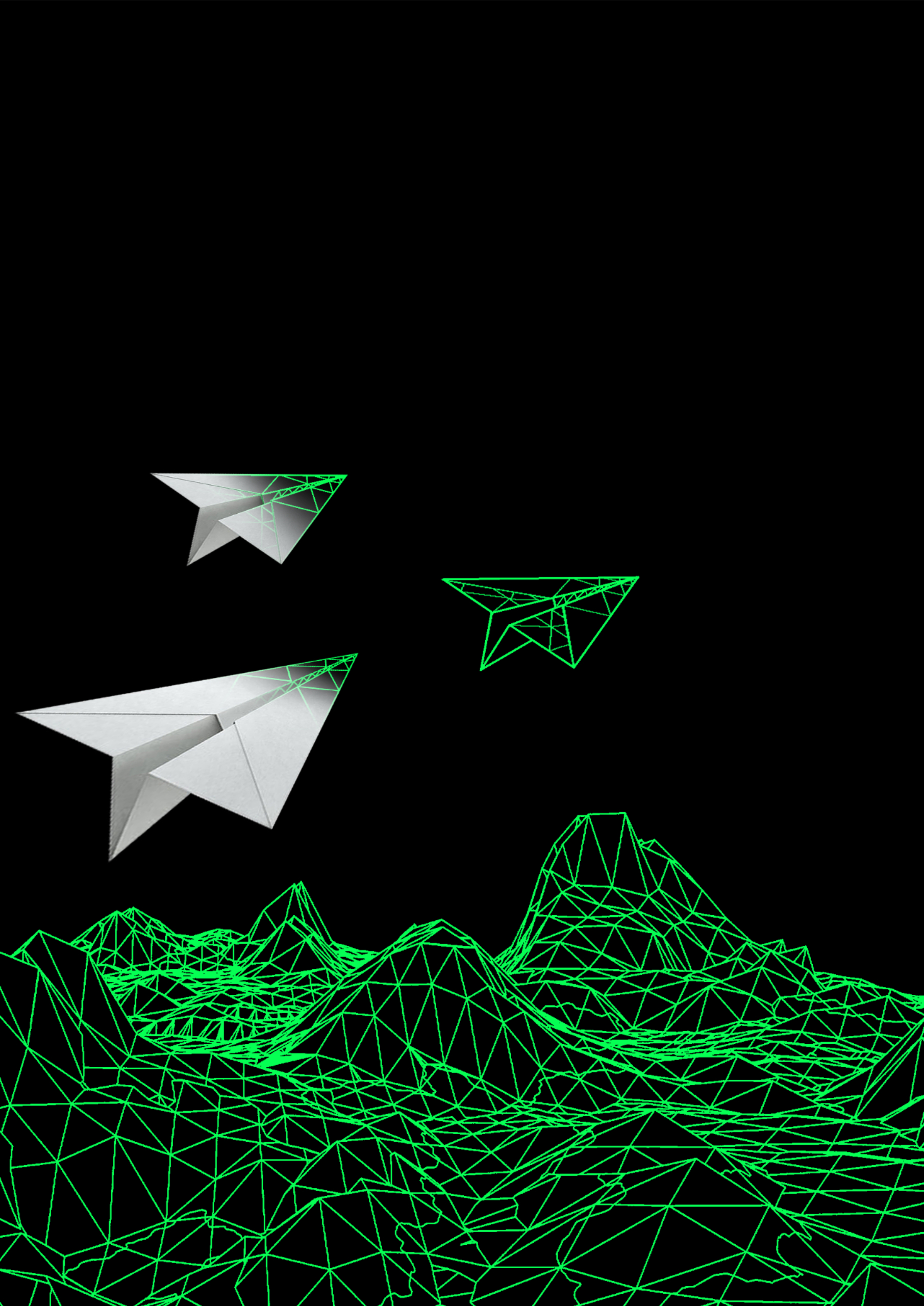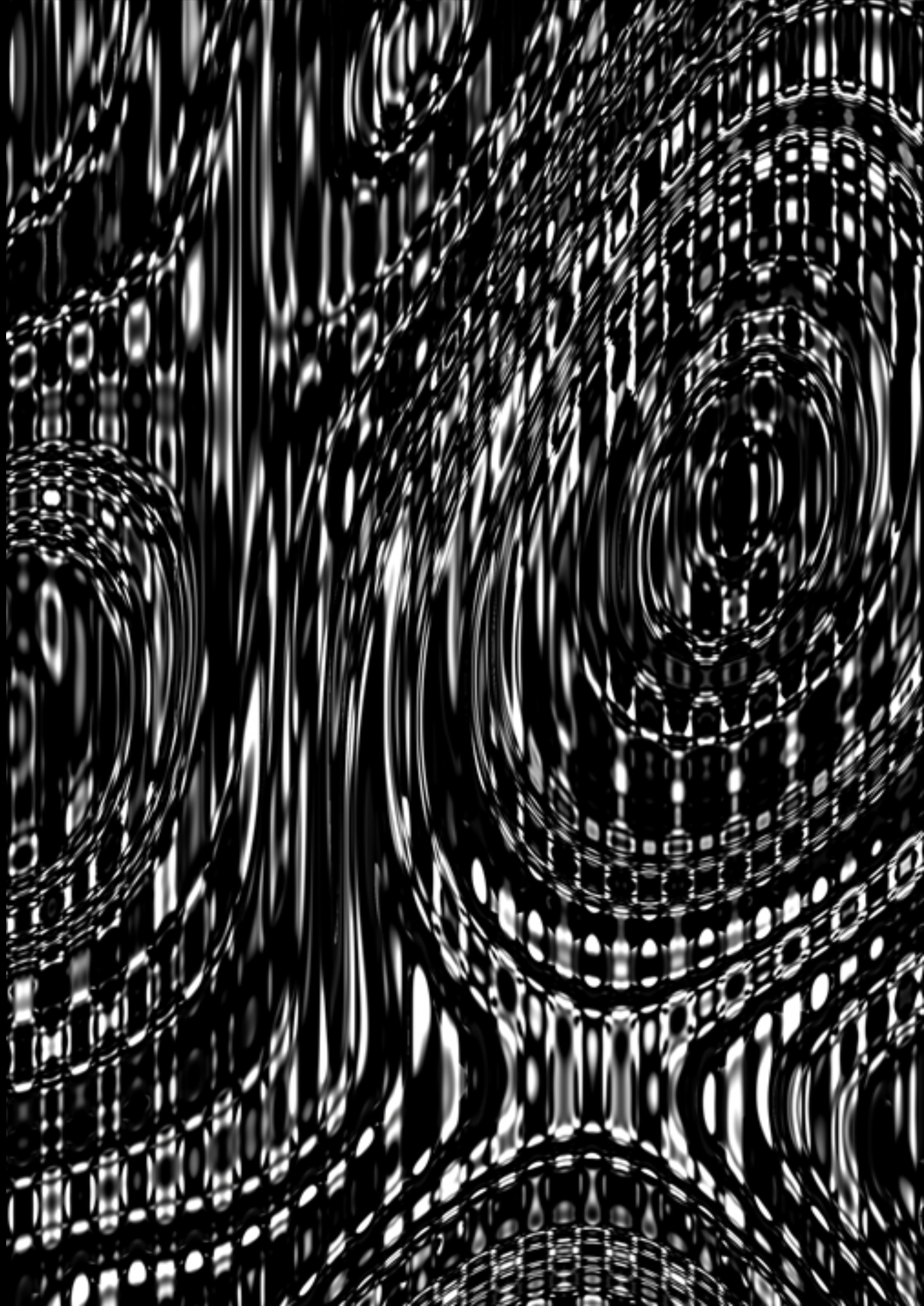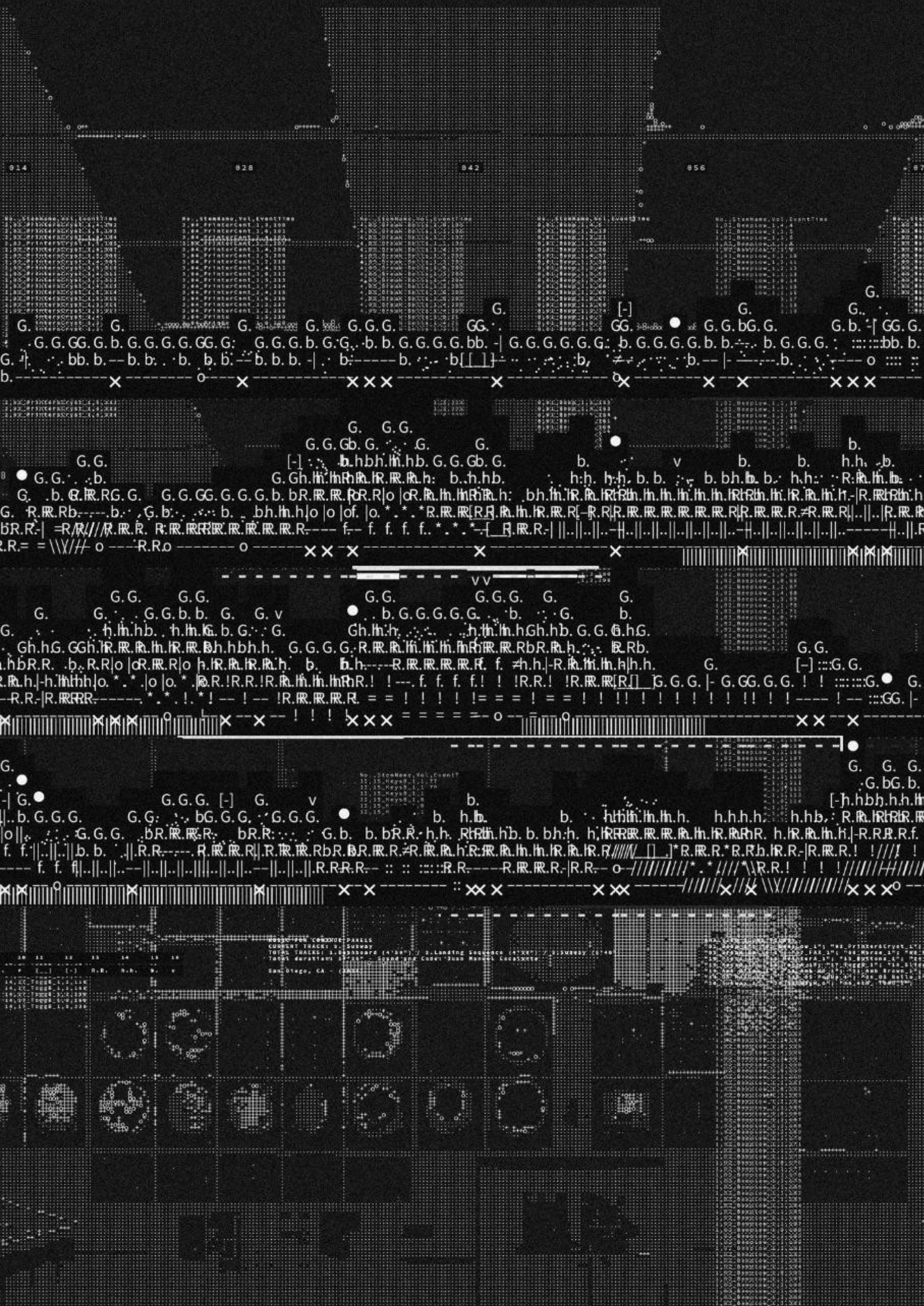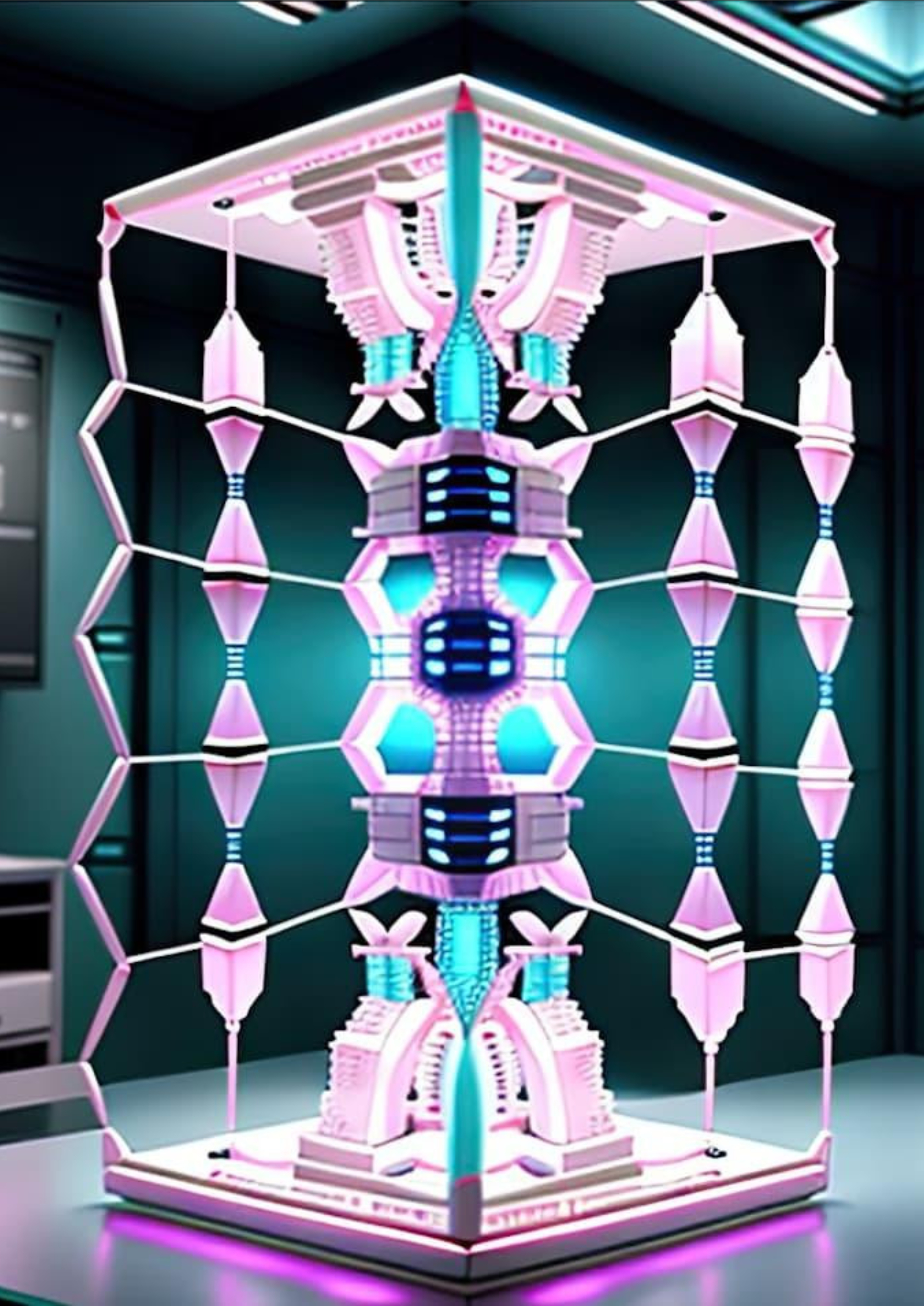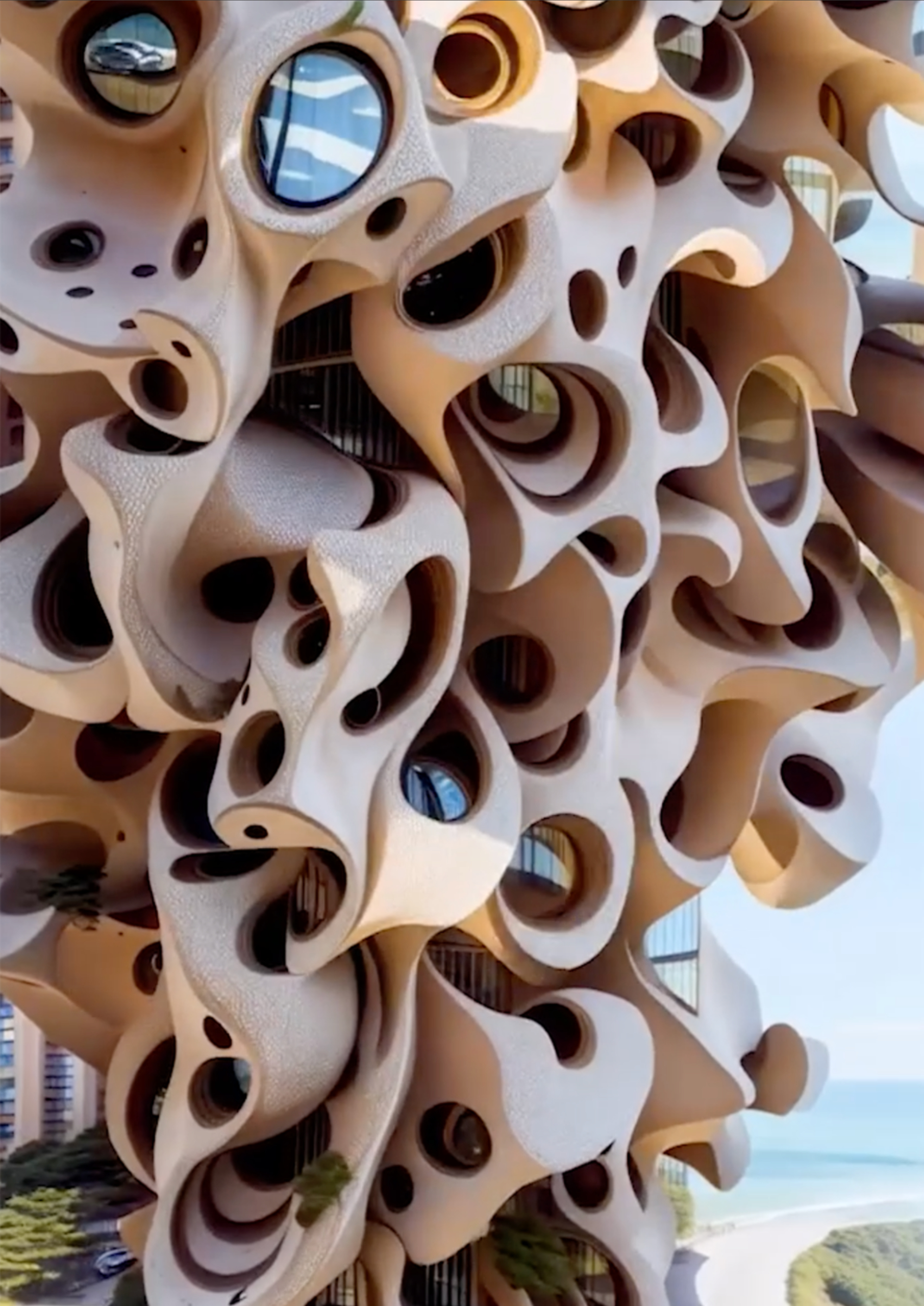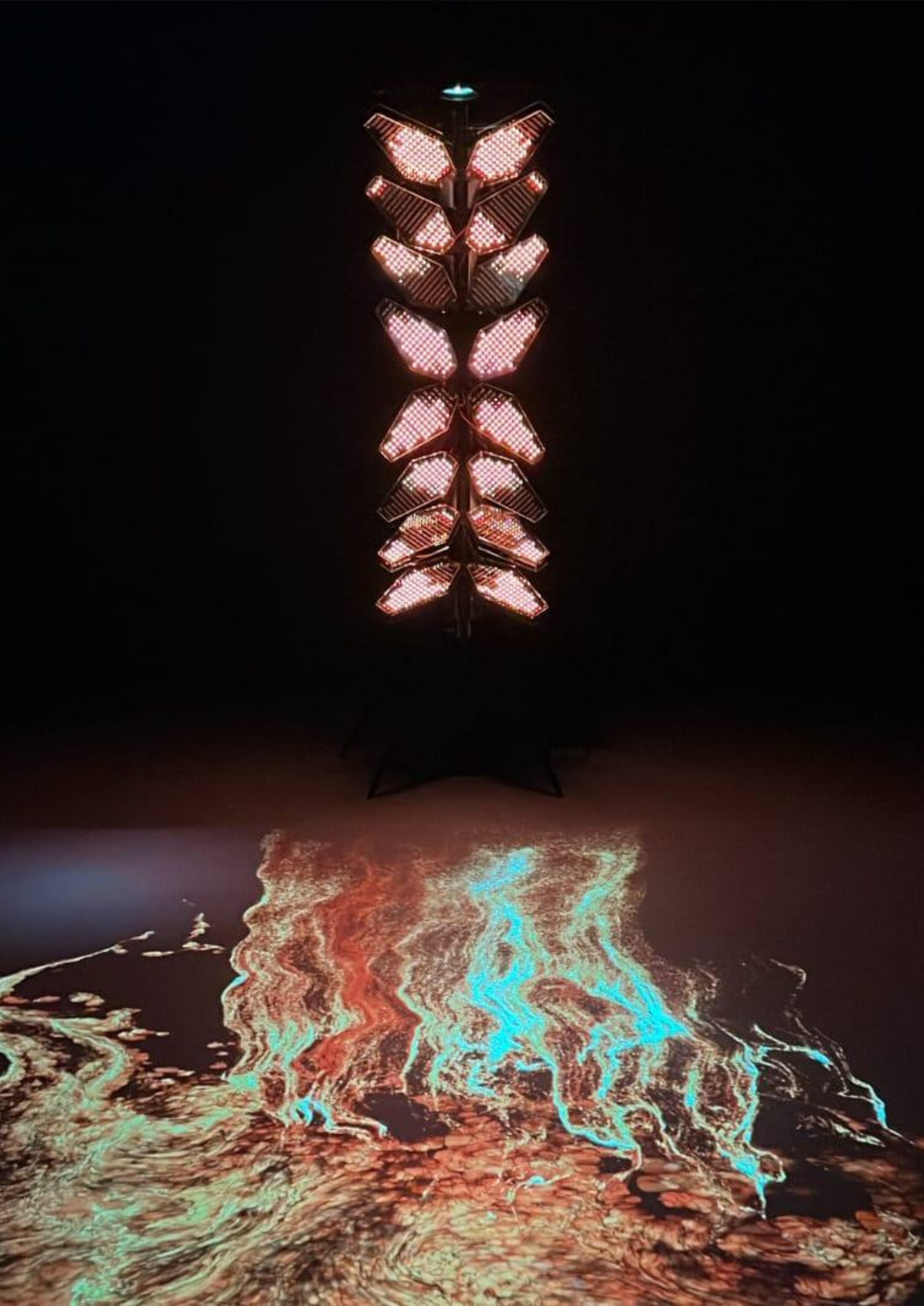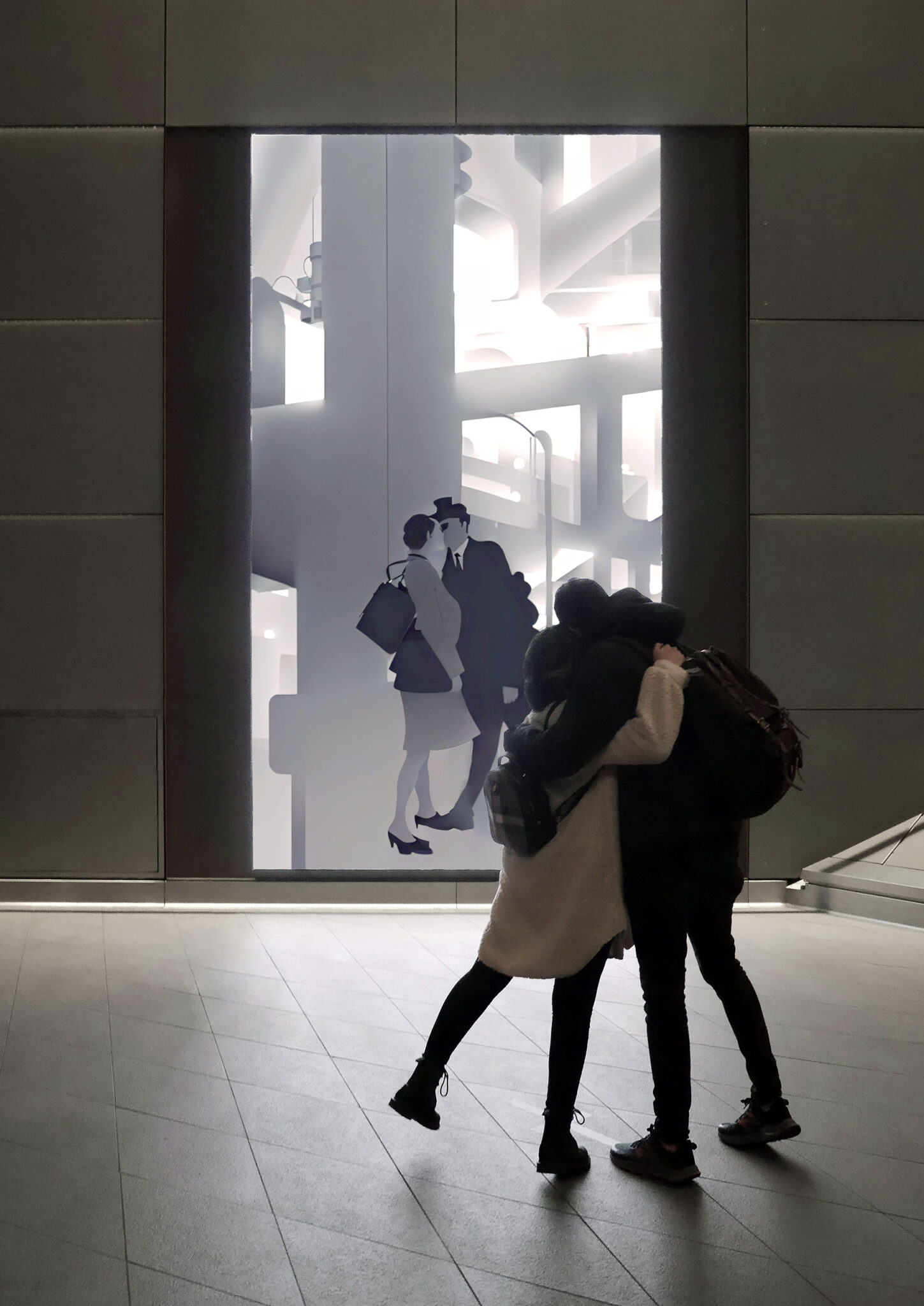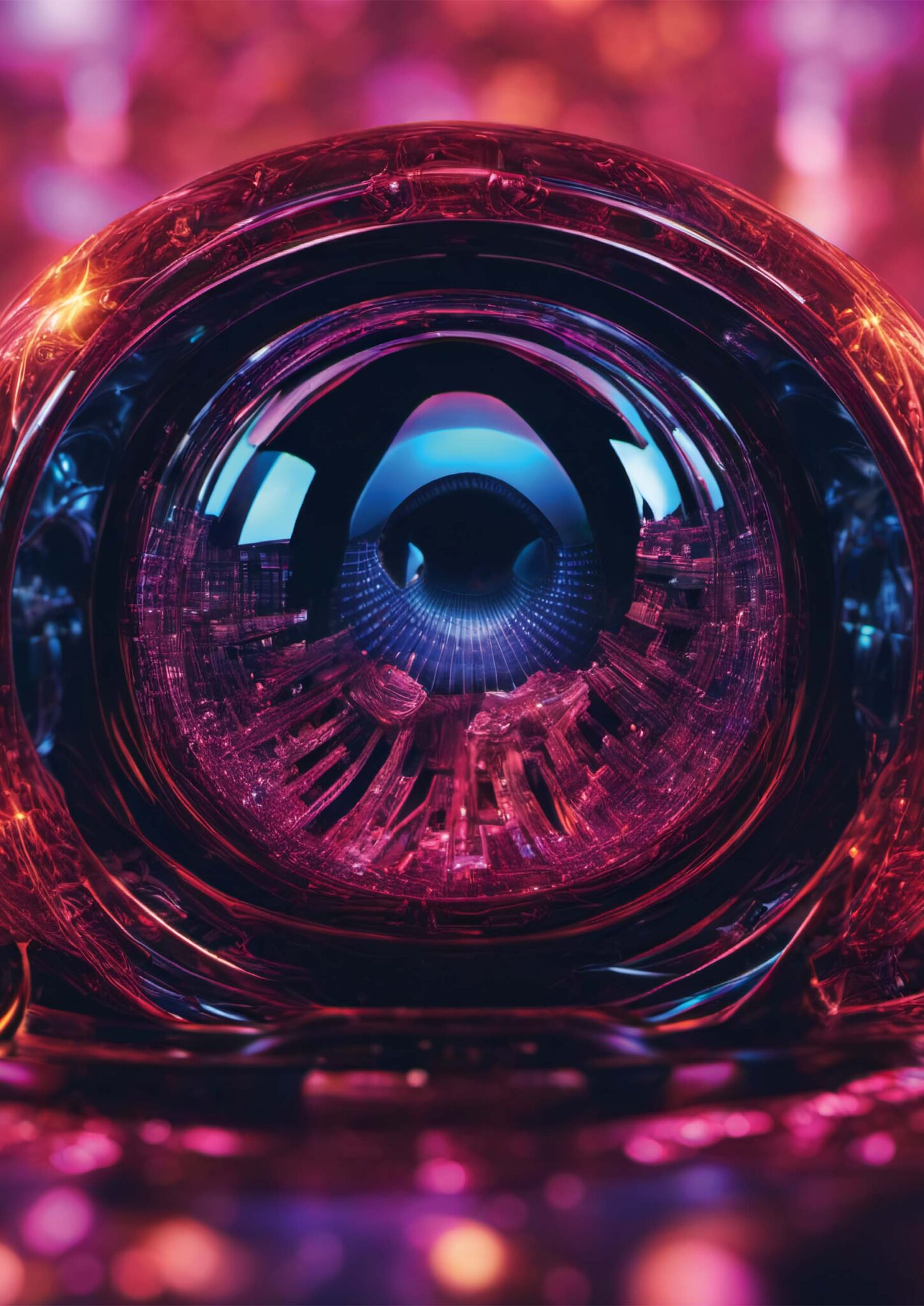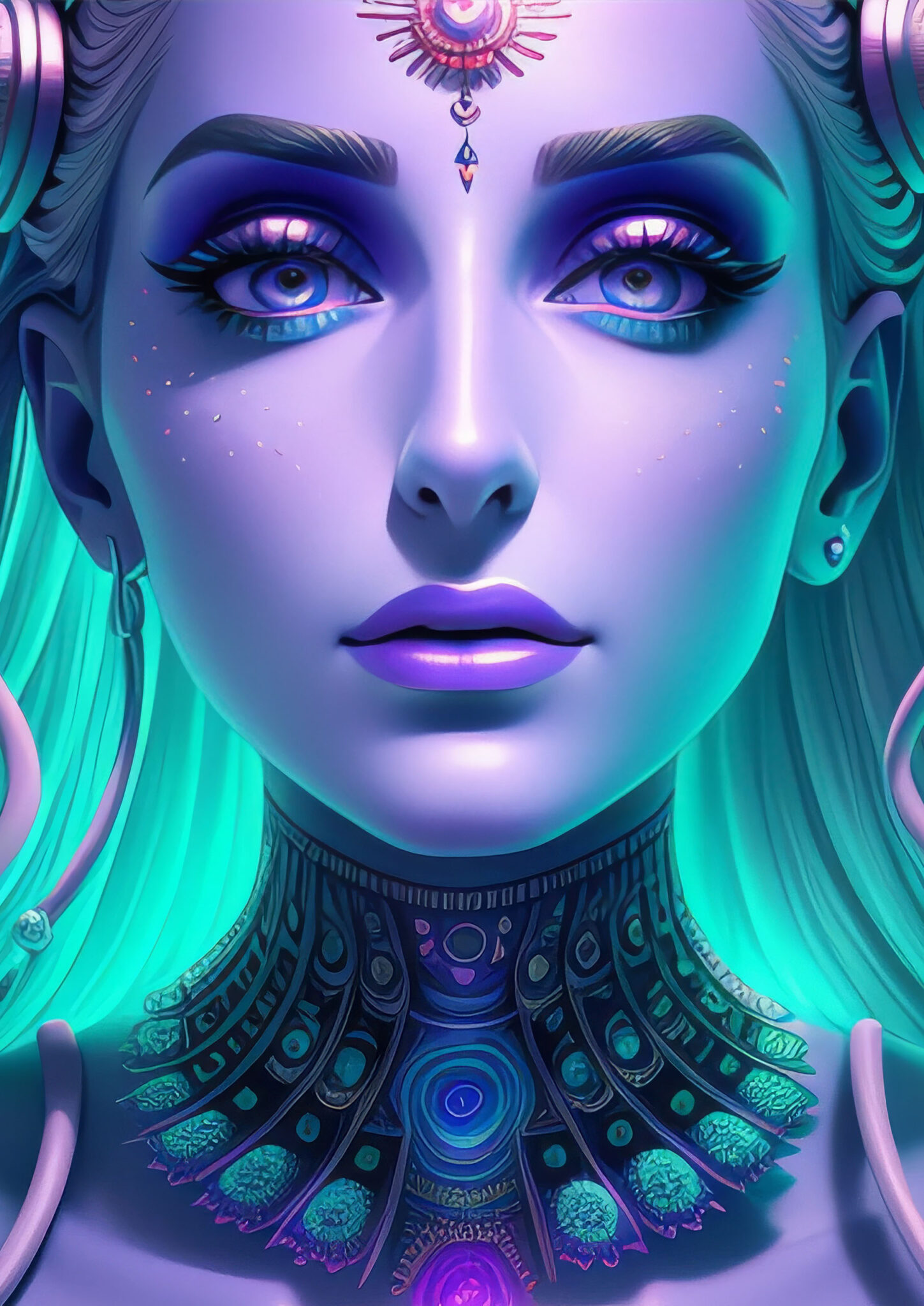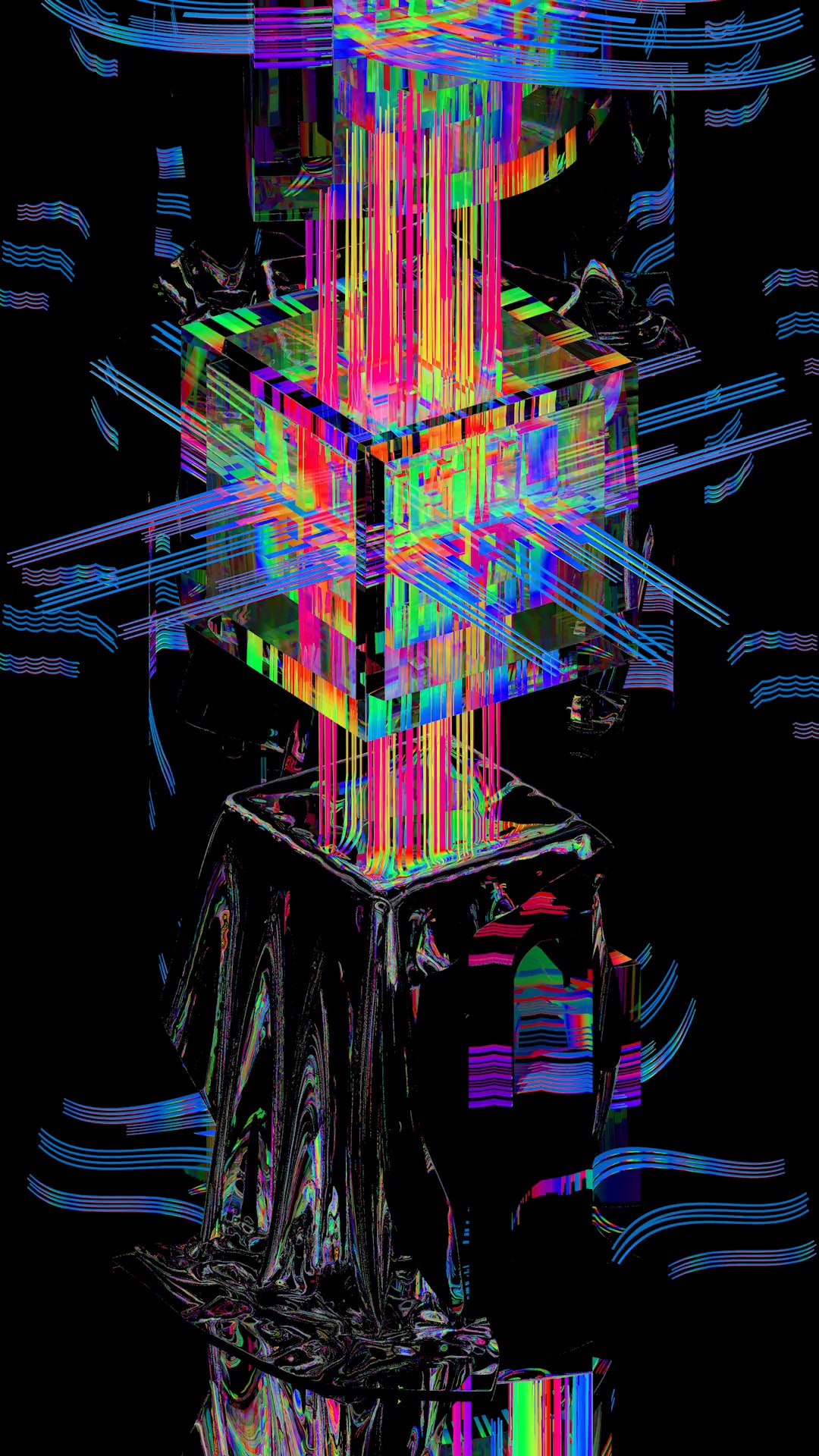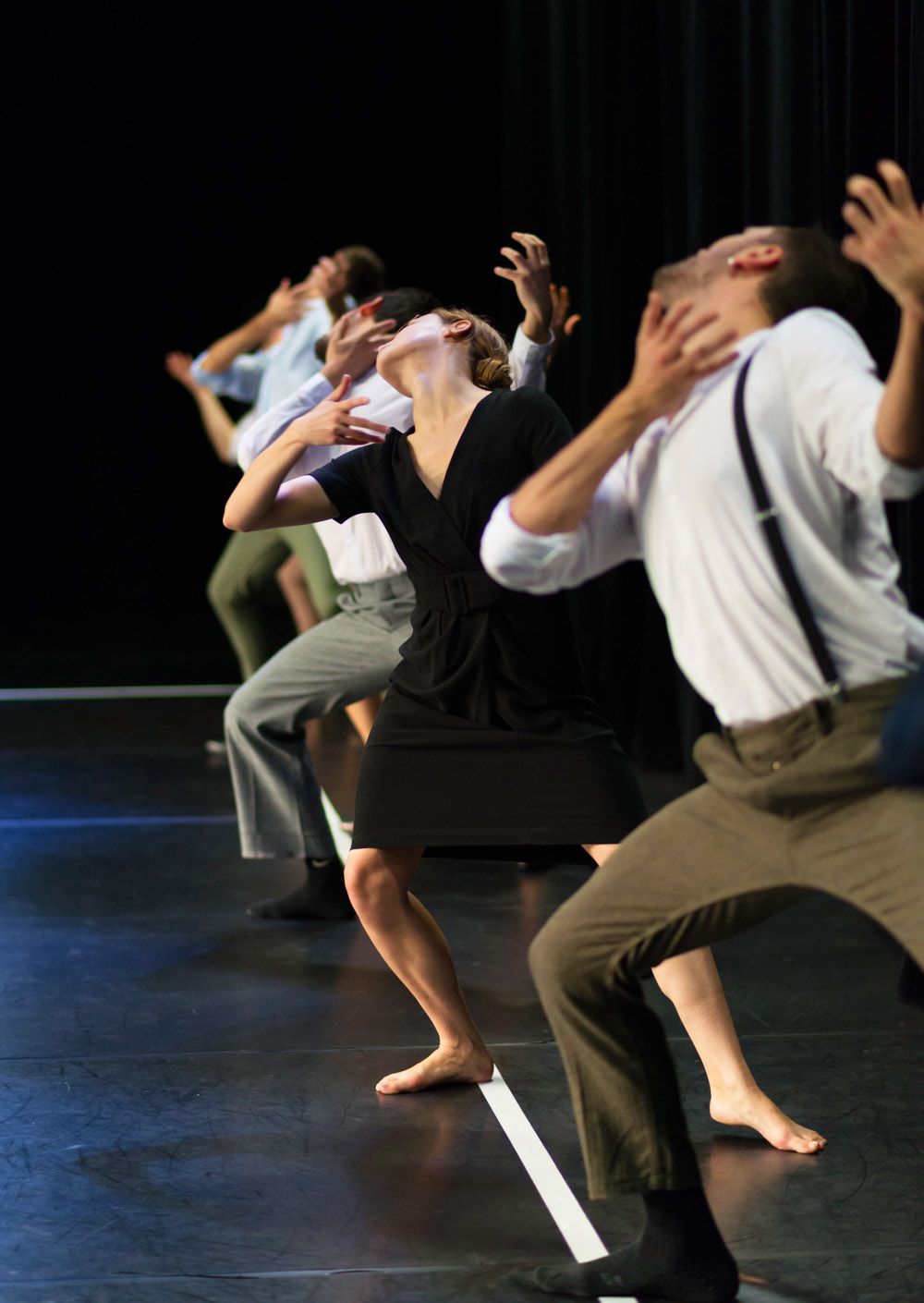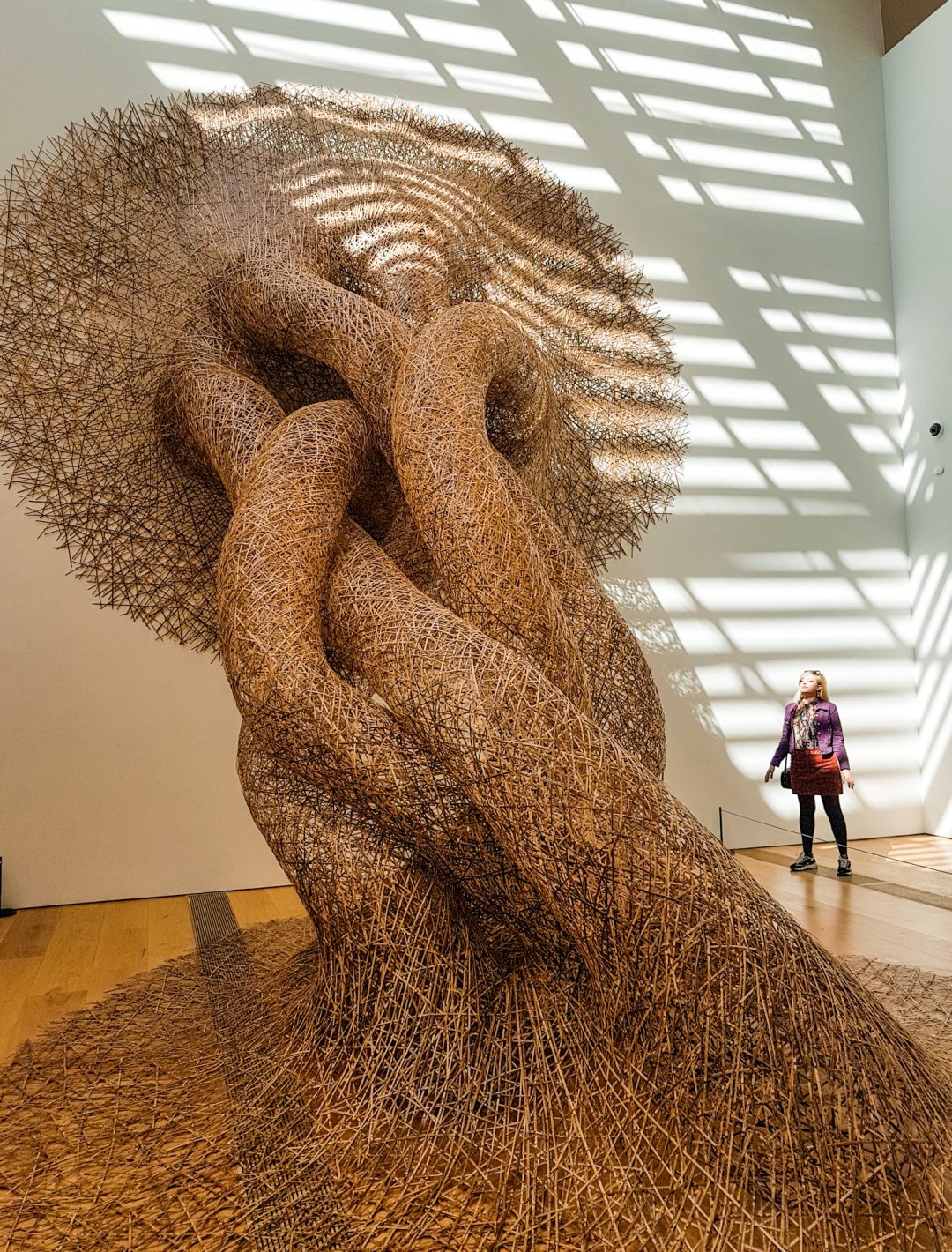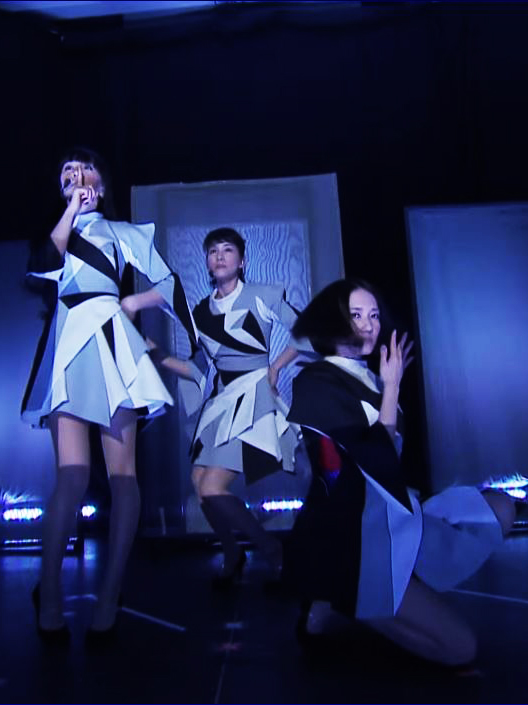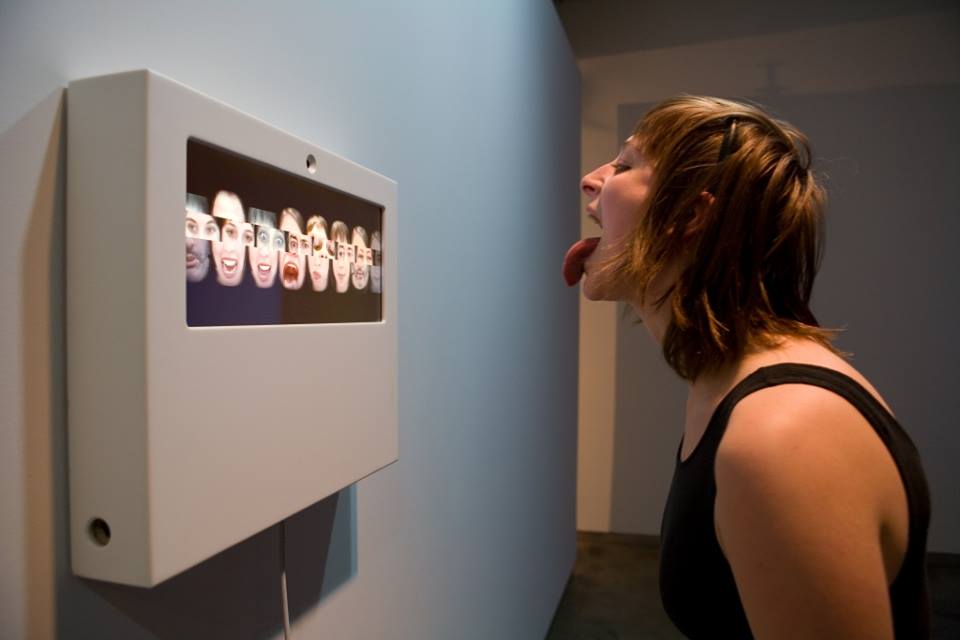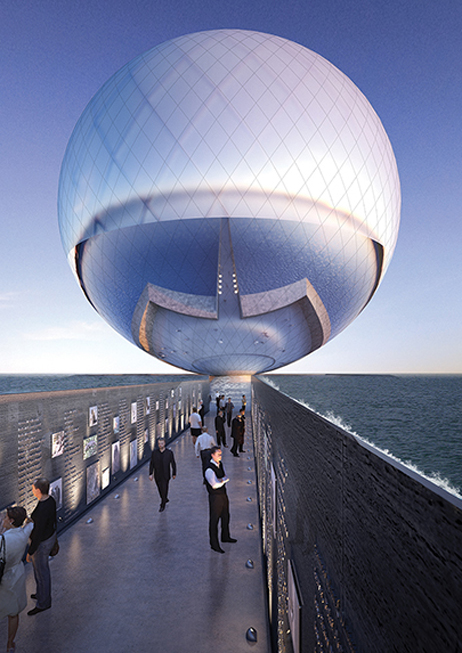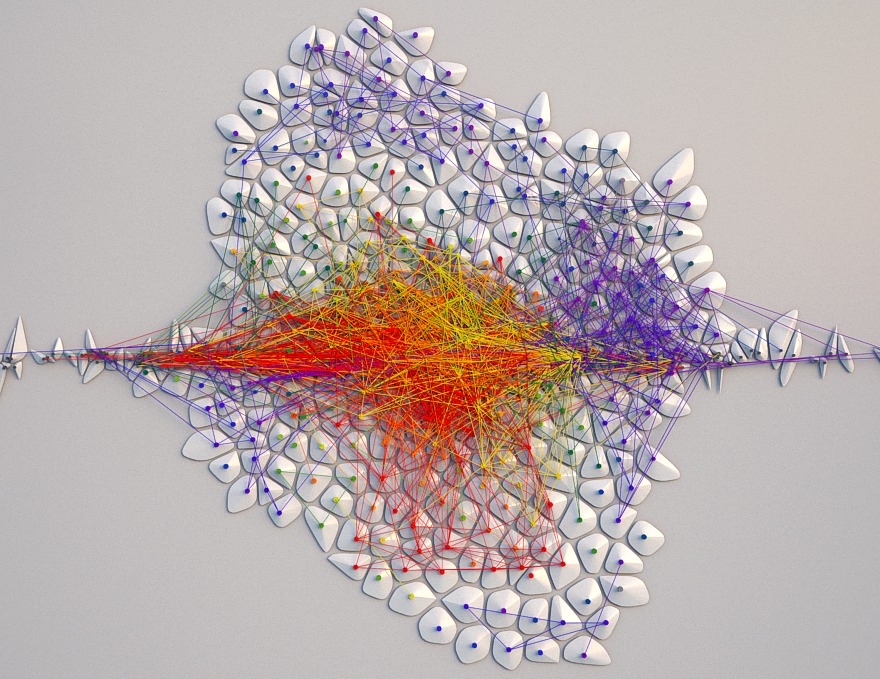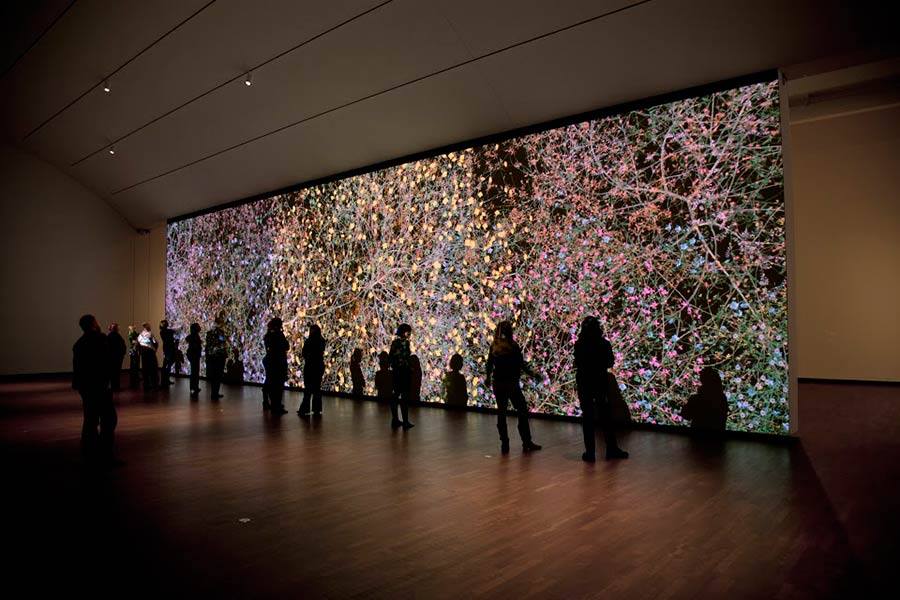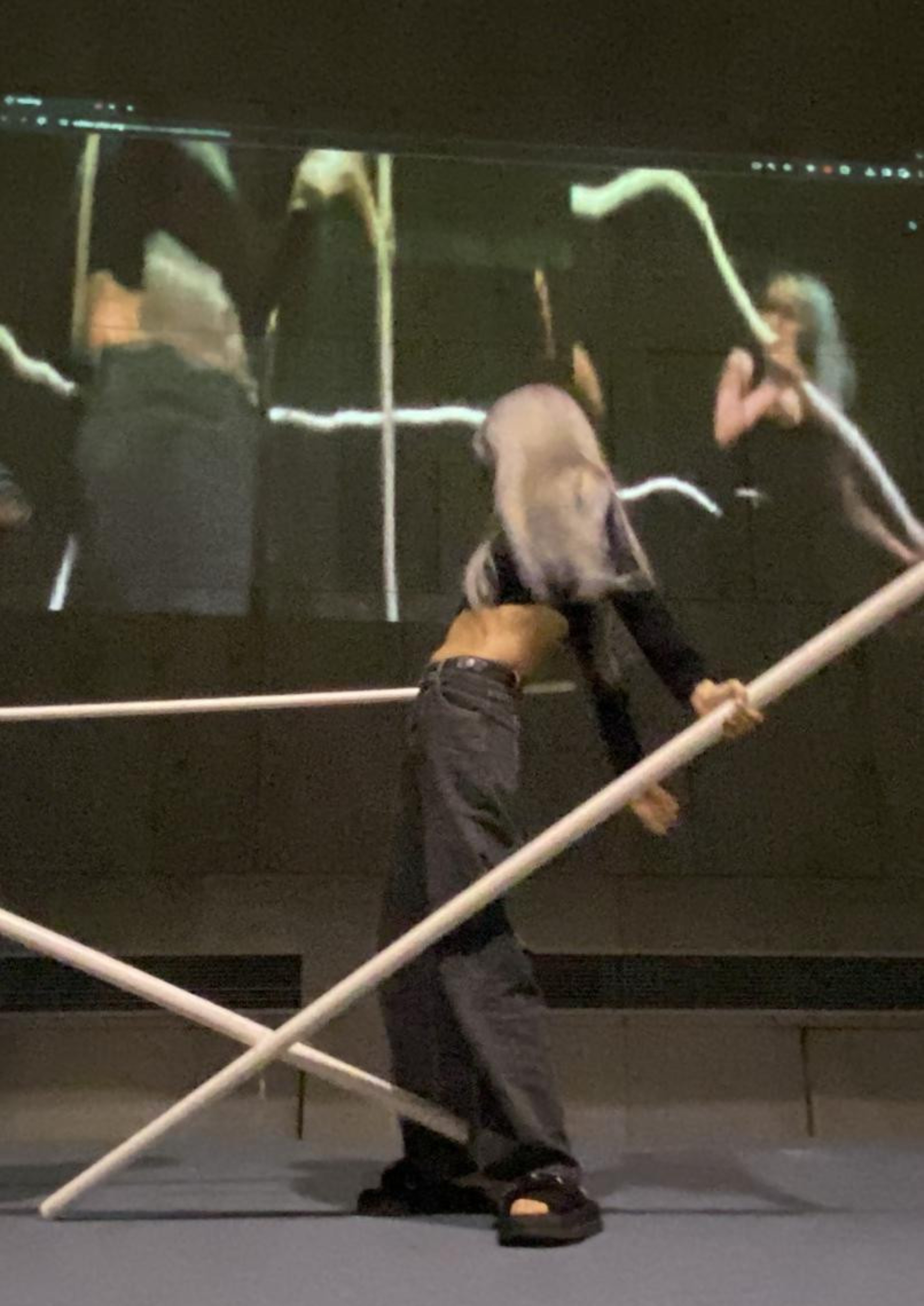
SYNTHETIKA: Clarissa Ribeiro; Rewa Wright; Jill Scott; Leona Machado
P5.js na Visualização de Dados em Performance: A Tecnoética da Inclusão e do Pertencimento
Clarissa Ribeiro; Rewa Wright; Jill Scott; Leona Machado
FILE São Paulo 2025 | Workshop
Festival Internacional de Linguagem Eletrônica
P5.js na Visualização de Dados em Performance: A Tecnoética da Inclusão e do Pertencimento – Brasil
O FEMnomenal Art Collective oferece uma oficina performativa que explora o ecofeminismo e a desconstrução da divisão entre humano e não-humano — dicotomia central da modernidade colonial. Por meio de atividades colaborativas, visualização performativa de dados e performances interativas, a oficina aborda empoderamento feminino, ideologias alternativas de crescimento e estéticas tecnoéticas. As participantes criam visuais generativos e realizam atos simbólicos que promovem diálogos sobre cuidado, equidade e transformação.
BIO
O coletivo é formado pelas artistas e pesquisadoras Dra. Jill Scott, Dra. Clarissa Ribeiro e Dra. Rewa Wright. Juntas, exploram interseções entre arte, ciência e justiça social por meio de práticas criativas que desafiam fronteiras convencionais.
